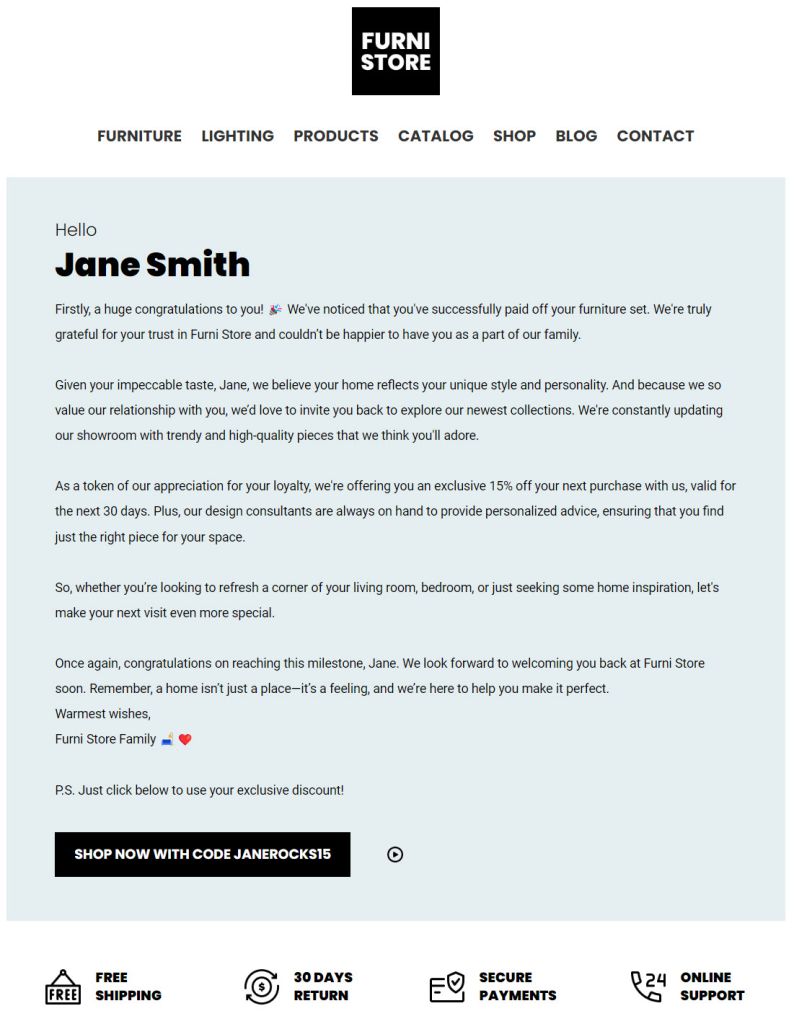Introduction to Data-Driven Marketing
Data-driven marketing has revolutionized the way businesses interact with their customers. By leveraging the power of data, companies can gain valuable insights into consumer behavior, preferences, and trends, allowing them to create targeted and personalized marketing campaigns. In this article, we will explore the benefits of data-driven marketing and delve into the world of customer data platforms (CDPs). These powerful tools enable businesses to collect, analyze, and utilize customer data effectively, resulting in more impactful and successful marketing strategies.
Benefits of Data-Driven Marketing
The benefits of data-driven marketing are manifold. First and foremost, it allows businesses to gain a deeper understanding of their target audience. By analyzing customer data, companies can identify patterns and trends, enabling them to tailor their marketing efforts to specific demographics or segments. This level of personalization leads to higher customer engagement and conversion rates.
Furthermore, data-driven marketing provides businesses with the ability to measure the success of their campaigns. By tracking key performance indicators (KPIs) such as click-through rates, conversion rates, and customer lifetime value, companies can optimize their marketing strategies and allocate resources more effectively.
What is a Customer Data Platform (CDP)?
A customer data platform (CDP) is a software solution that consolidates customer data from various sources into a single, unified view. This holistic view of customer information allows businesses to gain a comprehensive understanding of their customers’ behaviors, preferences, and interactions across multiple channels.
CDPs collect and organize data from various touchpoints, such as websites, mobile applications, social media platforms, and customer support interactions. This data includes demographic information, browsing history, purchase history, and customer interactions. By bringing all this data together, CDPs enable businesses to create a unified customer profile, which can be used to drive personalized marketing campaigns and deliver tailored experiences.
How Customer Data Platforms Work
Customer data platforms work by integrating with various data sources, such as CRM systems, marketing automation tools, and web analytics platforms. These integrations enable the CDP to collect and aggregate customer data from multiple touchpoints, regardless of whether the data is structured or unstructured.
Once the data is collected, CDPs use advanced algorithms and machine learning techniques to process and analyze the information. This analysis helps to identify patterns, segment customers based on their behaviors and preferences, and predict future actions. The insights derived from this analysis can then be used to inform marketing strategies and drive targeted campaigns.
5 Inspiring Examples of Data-Driven Marketing Using Customer Data Platforms
Example 1: Personalized Email Marketing Campaigns
One of the most common and effective uses of customer data platforms is to create personalized email marketing campaigns. By leveraging the data collected through the CDP, businesses can send targeted emails based on customer preferences, purchase history, and browsing behavior. This level of personalization increases the chances of engagement and conversion, as customers receive relevant and timely offers.
For example, an e-commerce company can use a CDP to analyze customer purchase history and identify products that are frequently bought together. With this information, the company can send personalized emails to customers, suggesting complementary products or offering exclusive discounts on related items. This approach not only increases customer satisfaction but also drives additional sales.


Example 2: Targeted Social Media Advertising
Another powerful application of data-driven marketing is targeted social media advertising. By integrating a CDP with social media platforms, businesses can segment their audience and deliver highly relevant ads to specific customer segments.
For instance, a fitness apparel brand can use a CDP to analyze customer data and identify individuals who are interested in running. By leveraging this information, the brand can create targeted social media ads that promote running shoes or running accessories. This approach maximizes the impact of advertising campaigns and ensures that the right message reaches the right audience.
Example 3: Retargeting and Remarketing Strategies
Retargeting and remarketing strategies are highly effective in driving conversions, and customer data platforms play a crucial role in their implementation. By tracking customer interactions and behaviors, businesses can retarget customers with personalized ads or offers, reminding them of products they have shown interest in.
For example, an online clothing retailer can use a CDP to track customer browsing behavior and identify products that customers have viewed but not purchased. With this information, the retailer can retarget these customers with personalized ads featuring the viewed products or offering exclusive discounts. This approach increases the chances of conversion and boosts overall sales.

Key Takeaways from These Examples
The examples discussed above highlight the power and versatility of data-driven marketing using customer data platforms. By leveraging customer data effectively, businesses can create personalized and targeted marketing campaigns that drive engagement, increase conversion rates, and improve customer satisfaction. The key takeaways from these examples include:
- Personalization is key: By tailoring marketing efforts to individual preferences and behaviors, businesses can create more meaningful and impactful customer experiences.
- Targeted campaigns yield better results: By segmenting the audience based on customer data, businesses can ensure that their marketing messages reach the right people at the right time, increasing the chances of conversion.
- Predictive analytics drives proactive strategies: By leveraging predictive analytics capabilities, businesses can predict customer behaviors and take proactive measures to retain customers and drive growth.
How to Implement a Data-Driven Marketing Strategy Using a Customer Data Platform
Implementing a data-driven marketing strategy using a customer data platform requires careful planning and execution. Here are some steps to consider:
- Define your marketing goals: Clearly define your marketing objectives and key performance indicators (KPIs) to ensure that your data-driven efforts are aligned with your business goals.
- Identify relevant data sources: Identify the data sources that are most relevant to your marketing strategy. This could include CRM systems, web analytics platforms, social media platforms, and more.
- Select a customer data platform: Choose a customer data platform that suits your business needs and integrates seamlessly with your existing systems. Consider factors such as data integration capabilities, scalability, and ease of use.
- Collect and analyze customer data: Integrate your data sources with the customer data platform and collect relevant customer data. Use advanced analytics capabilities to gain insights and identify patterns.
- Segment your audience: Utilize the insights derived from your customer data platform to segment your audience based on relevant criteria such as demographics, behaviors, and preferences.
- Create personalized campaigns: Leverage the segmented audience data to create personalized and targeted marketing campaigns across various channels, such as email, social media, and websites.
- Measure and optimize: Continuously measure the performance of your data-driven marketing campaigns and optimize your strategies based on the insights gained. Use A/B testing and other optimization techniques to refine your approach.
Challenges and Considerations for Data-Driven Marketing
While data-driven marketing offers numerous benefits, it also presents challenges and considerations that businesses need to address. Some of these challenges include:
- Data privacy and security: Collecting and utilizing customer data requires businesses to adhere to strict privacy and security regulations. It is crucial to implement robust data protection measures and obtain proper consent from customers.
- Data quality and accuracy: Ensuring the quality and accuracy of customer data is essential for effective data-driven marketing. Businesses need to implement data cleansing and validation processes to eliminate errors and inconsistencies.
- Integration and compatibility: Integrating different data sources and systems can be complex. It is important to choose a customer data platform that offers seamless integration capabilities and can work with your existing infrastructure.
- Skill and resource requirements: Implementing a data-driven marketing strategy requires skilled resources and expertise. Businesses need to invest in training or hire professionals who can effectively manage and analyze customer data.
Harness the Power of Data with BranchedOut
Data in Action: Real-World Applications with BranchedOut
Personalized Email Marketing: Transform generic emails into targeted communication based on unique customer behaviors and purchase histories, ensuring every message hits home.
Social Media Precision: Social media becomes your targeted billboard, reaching out to the exact segment of your audience who’d resonate most with your messaging.
Website Personalization: Ensure every visitor feels seen and catered to with content and offers that align with their specific interests and browsing behaviors.
Predictive Analysis Mastery: Reduce customer churn by anticipating their next move. BranchedOut’s predictive analytics helps foresee customer tendencies and enables proactive outreach.
Retargeting Excellence: Remind your customers of what they’re missing. Use BranchedOut to zero in on products and services your customers showed interest in and bring them back into the fold.

Conclusion
Data-driven marketing has become an indispensable strategy for businesses looking to stay ahead in today’s competitive landscape. By leveraging the power of customer data platforms, businesses can unlock valuable insights and create personalized, targeted marketing campaigns. The examples discussed in this article demonstrate the immense potential of data-driven marketing to drive engagement, increase conversion rates, and boost customer satisfaction. By implementing a data-driven marketing strategy and considering the challenges and considerations, businesses can harness the power of data and unlock new opportunities for growth and success.




















